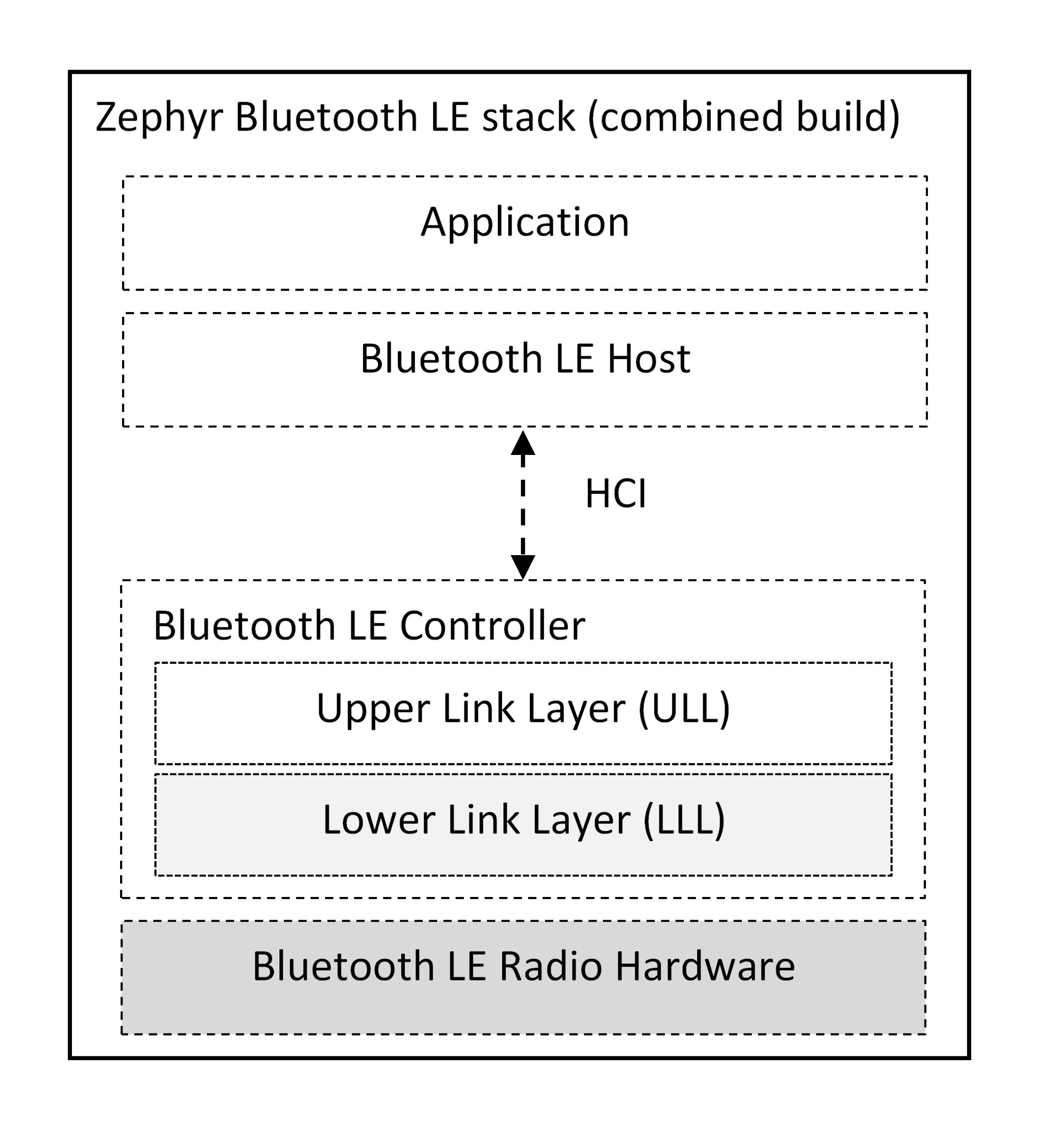Written by Asger Munk Nielsen, Firmware developer at Oticon and member of the Zephyr Technical Steering Committee
Oticon launches the new, revolutionary Oticon MoreTM, which is the world’s first hearing aid that allows users to hear all relevant sounds thanks to an on-board Deep Neural Network. Oticon More is powered by the newly developed Polaris chipset, integrating the Zephyr RTOS for Bluetooth LE connectivity. This novel hearing instrument is an advanced medical product that will help millions of hearing-impaired people to a better quality of life.
![]()
The Polaris chipset is an industry leading platform capable of running advanced DSP algorithms with always-on sound processing and maintain connectivity to other devices using one or more Bluetooth Low Energy wireless links while a magnetic link synchronizes the left and right hearing devices. This technology is enabled by a plethora of highly specialized proprietary power efficient processing cores and custom peripherals.
![]()
A hearing aid must be able to run off a tiny button cell battery for at least one full day, and the size of the physical product is in many ways determined by the actual size of the chipset. As such the devices are resource constrained and difficult tradeoffs must be made when it comes to balancing raw processing MIPS, power consumption and code size.
The scalability and flexibility of Zephyr is what initially got Oticon engaged in the project, and ultimately having Zephyr running on a resource constrained device like a hearing aid is in many ways a tribute to the diverse nature of the Zephyr project.
Connectivity has become an integral part of Oticon’s product offering. Being directly connected to cellphones, tv sets and classroom microphones is providing hearing aid users much improved interaction with the surrounding world.
The Zephyr open-source Bluetooth Low Energy stack has proven to be a portable and efficient platform for Oticon. The Bluetooth LE controller has been developed in close collaboration with Nordic Semiconductor. To support a growing number of RF architectures, the Bluetooth LE Controller Link Layer has been split into a Lower Link Layer enabling vendors like Oticon to tailor a driver specific to its proprietary RF baseband device, while a common Upper Link Layer is maintained for all architectures.
 The Zephyr Bluetooth LE stack architecture has proved to be expandable for audio usage. Oticon has added support for streaming from iPhones, Android phones and proprietary devices such as TV set adapters (centrals) to sets of Zephyr based hearing aids (peripherals). Continued streaming of audio is a relatively complex use case involving strict timing requirements and elevated data throughput over long periods of time while maintain perfect stereo synchronization between the two hearing instruments.
The Zephyr Bluetooth LE stack architecture has proved to be expandable for audio usage. Oticon has added support for streaming from iPhones, Android phones and proprietary devices such as TV set adapters (centrals) to sets of Zephyr based hearing aids (peripherals). Continued streaming of audio is a relatively complex use case involving strict timing requirements and elevated data throughput over long periods of time while maintain perfect stereo synchronization between the two hearing instruments.
Over the past years, Oticon has open-sourced internal test and simulation tools that are ensuring high quality of the Bluetooth LE stack and making it CI-testable. BabbleSim is a PHY simulation tool that runs under Linux. It permits faster-than-real-time simulation of arbitrary Bluetooth LE topologies, while significantly speeding up development and testing of the Bluetooth subsystem without having access to actual physical devices and boards. The Embedded Device Test Tool (EDTT) and related tests allow running Bluetooth LE tests on physical boards or simulated devices running BabbleSim. A continued effort is ongoing to implement Bluetooth qualification tests using the EDTT framework. This could ultimately enable every Bluetooth pull request to be subject to a full qualification run without access to hardware or expensive test machinery.
……
Oticon, a part of the Demant group, is a technological leader in the hearing aid industry recognized for its product innovation and outstanding audiological performance. Oticon is an avid supporter and Platinum member of the Zephyr Project.